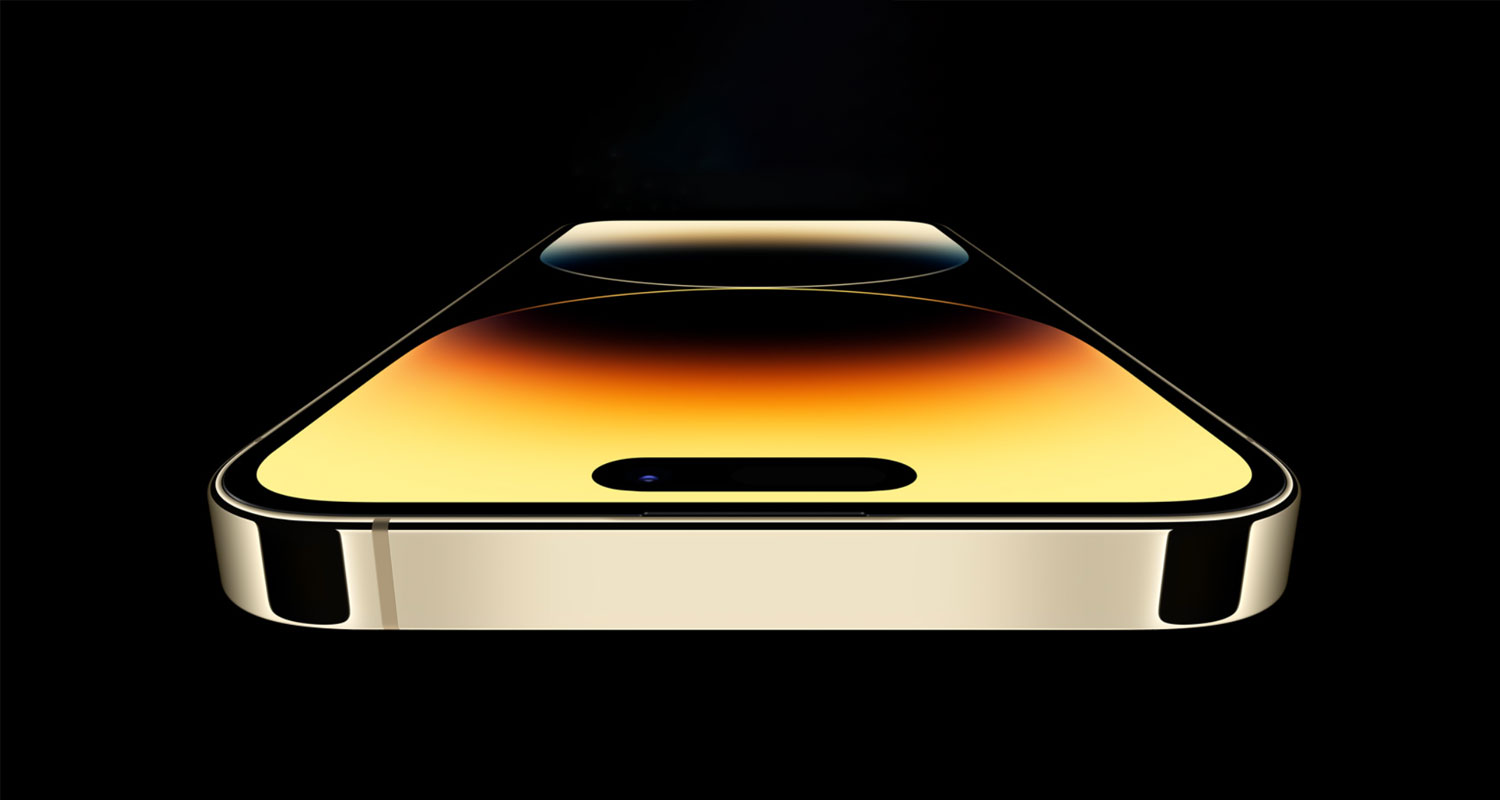 The Apple iPhone 15 series will be launched on 12 September. There are many rumours about new features. But what’s really coming, and what is less likely?
The Apple iPhone 15 series will be launched on 12 September. There are many rumours about new features. But what’s really coming, and what is less likely?
TechCentral scoured a vast range of international consumer electronics publications and sources across the web for a roundup of the most important anticipated features for the iPhone 15.
One of the biggest changes with this year’s models is the expectation that Apple will finally drop the Lightning port in favour of USB-C, which is used by all other smartphone manufacturers.
Pressure from the European Union, which has been pushing for common charging standards for years, culminated in the 2022 passing of legislation requiring Apple to add USB-C ports to its iPhones by 2024 if it wants to keep selling them in Europe. The iPhone 15 may have some or all of its models use USB-C as Apple begins the transition away from Lightning.
Embedded Sim, or eSim, support is definitely on the cards for the iPhone 15 line-up. Apple began shipping the iPhone 14 and all its variants without a physical sim to the US in 2022, which pushed mobile operators to add eSim support to their networks. It now seems likely that the iPhone 15 will support only eSims, not just in the US but worldwide.
From a design perspective, all iPhone 15 models will ditch the controversial notch on their screens for the pill-shaped camera cut-out Apple introduced in the Pro models of the iPhone 14. Apple calls it the Dynamic Island, and it provides additional relevant information to users based on what they’re doing on their device.
iPhone 15 Pro, Pro Max models
The OLED display driver is also said to be getting an upgrade, with the new 28nm manufacturing process chip requiring less power and helping improve battery life.
Some of the new features in the latest generation of iPhones will not be available on all the models, but reserved for the more high-end Pro and Pro Max variants of the iPhone 15.
What is probably the most exciting new feature isn’t visible from the outside. The new Apple A17 Bionic chipset will be used in both the iPhone 15 Pro and iPhone 15 Pro Max. The chips are manufactured using TSMC’s 3-nanometre manufacturing process (from 5nm with the iPhone 14 line-up), making them both faster and more efficient than the A16 chips than run the iPhone 14.
Read: Apple and Samsung to invest in ARM
What this means is users will benefit through better performance and potentially much longer battery life, depending on how Apple chooses to split the A17’s added computational power between performance and efficiency.
The addition of a periscope camera, recognisable by its rectangular lens, is another hotly anticipated feature exclusive to the top of the range iPhone 15 Pro Max (or will it be called the 15 Ultra?).

Periscope, or folded, lenses achieve magnification by passing light through prisms at 90 degrees to the viewing axis, meaning that the lenses can be enlarged by exploiting the length of the phone instead of its more limited depth. Competitors such as the Samsung Galaxy S23 Ultra and Xiaomi 13 Ultra feature periscope cameras that boost combined zoom up to 100x (with digital enhancement) – a major selling point.
The higher-end models will also have exclusive design features to differentiate them from the standard types like thinner, curvier bezels that give the device a rounder look and feel.
Read: eSims: a threat to mobile operators?
The addition of a new chipset and periscope lens to the higher end versions of the iPhone 15 come with added cost pressures which might see consumers paying $100 more for the iPhone 15 Pro and $200 more for the Pro Max. The addition of the periscope camera to the Pro Max may lead it to being rebranded the iPhone 15 Ultra. — (c) 2023 NewsCentral Media




